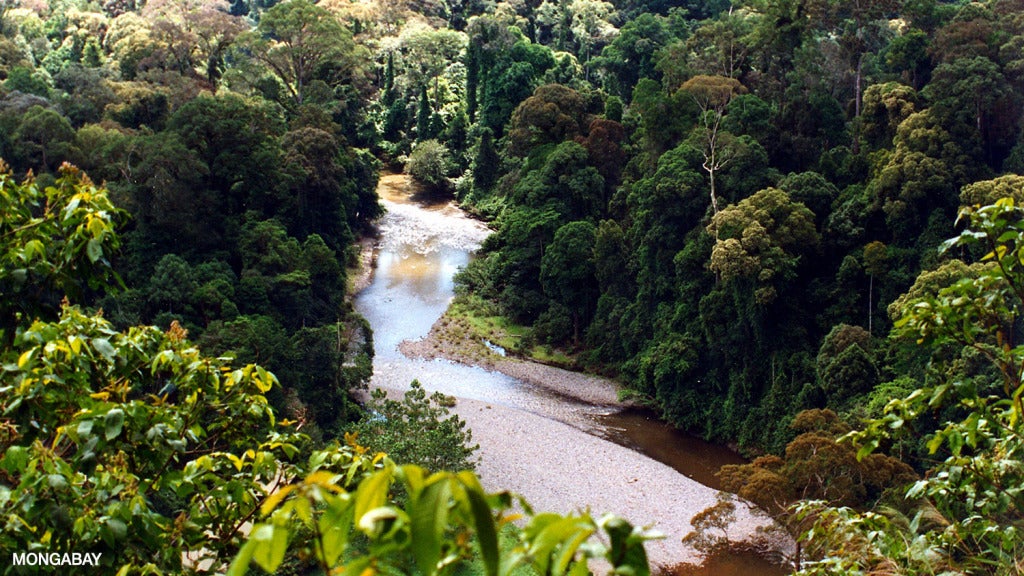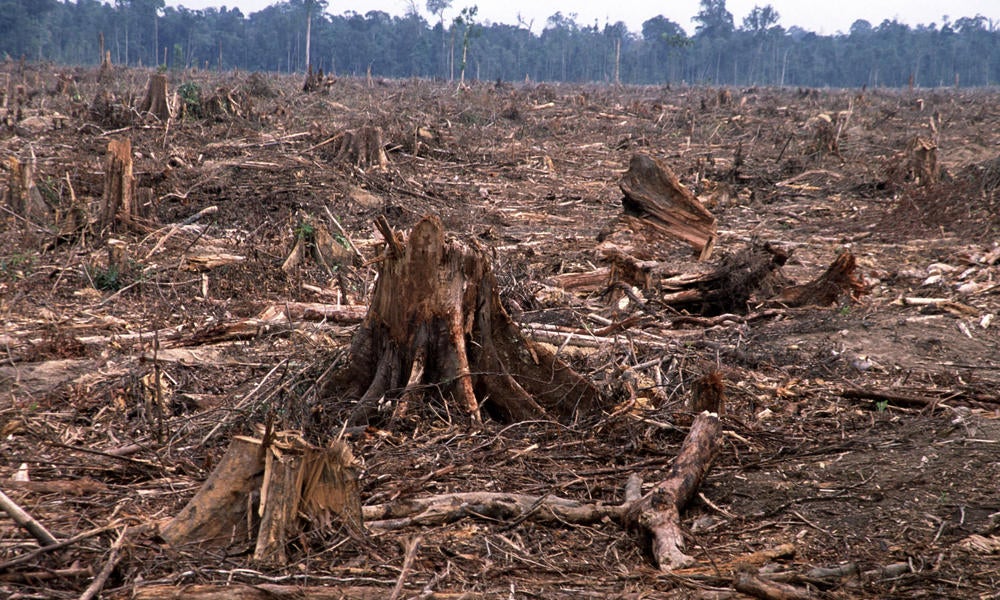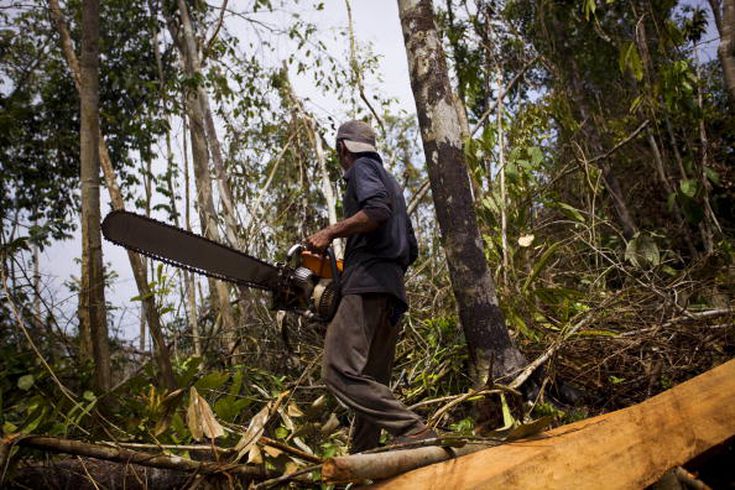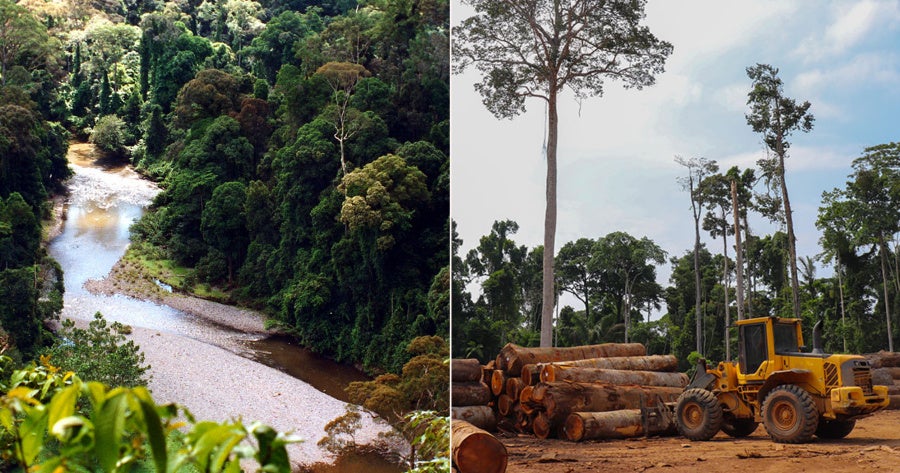We used to be able to boast about how green our planet was, with lush rainforests covering a large portion of the world.
But sadly, we may be only left with 36% of what we used to have.
The Rainforest Foundation Norway released a report on the State of the Tropical Rainforest at the start of a significant year for the sake of environmental protection, with global efforts accelerated with the UN biodiversity and climate change summits.

Ander Krogh, who is the author of the latest report and works as a special advisor for the Rainforest Foundation Norway, shared that of the 14.5 million square kilometers of tropical rainforest that once covered the Earth’s surface, only 36% remains intact.
While 34% of it is completely gone, the remaining 30% is in various forms of degradation. On top of that, 45% of the remaining rainforest is also in a degraded state.
“The good news is that we have an area half the size of Europe that is still completely intact. However, the remaining tropical rainforests are either severely damaged or increasingly fragmented. Humans are chopping these once vast and impenetrable forests into smaller and smaller pieces, undermining their ability to store carbon, cool the planet, produce rain and provide habitats,” he said.

He analysed and compiled Global Forest Watch data from all 73 countries that are home to the world’s tropical rainforests, the world’s oldest and most diverse terrestrial ecosystem.
They are now warning that the tropical rain-forest ecosystems are getting closer to a tipping point, in which the services provided by the natural ecosystem can no longer be sustained and forests start to collapse.
Some signs of this can already be seen in certain parts of the Amazon rain-forest.

“These highly specialised ecosystems are suffering from constant and persistent abuse, through our bottomless appetite for land and resources,”
“We expect that upcoming UN climate and biodiversity summits provide specific targets and measures to protect intact tropical rainforests,” he added.
Human consumption can very much be blamed for this troubling revelation, as agricultural expansion, mineral extraction and the worldwide use of timber in construction and railroad infrastructure opened up the door for industrial and global exploitation of our forests.
We need to stop what we’re doing and fix this problem before it is too late. It’s now or never.
What do you think about this? Let us know in the comment section.
Also read: This M’sian Man Built His Very Own Version Of The Amazon River!



































